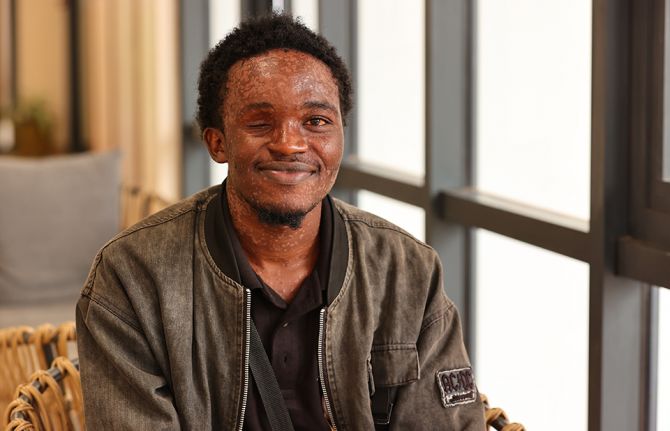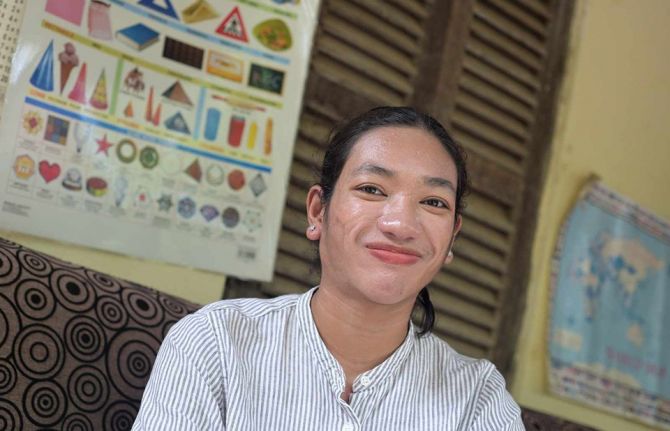

Update
Optimizing prevention of mother-to-child transmission of HIV through community engagement and mobilization
02 December 2015
02 December 2015 02 December 2015In 2011, global leaders committed to working towards ending new HIV infections among children and reducing AIDS-related maternal mortality. They launched the Global Plan towards the elimination of new HIV infections among children by 2015 and keeping their mothers alive (Global Plan). The Global Plan prioritized 22 countries with the highest number of pregnant women living with HIV in need of services, encompassing more than 90% of all women in need of services to prevent mother-to-child transmission of HIV.
At the 18th International Conference on AIDS and STIs in Africa, which is taking place in Harare, Zimbabwe, UNAIDS hosted a discussion on how to maximize the role of communities in preventing mother-to-child transmission of HIV. The panel included prominent specialists and activists from Côte d’Ivoire, Kenya, Nigeria and Zimbabwe, who explored promising and innovative ways to accelerate progress towards the elimination of new HIV infections among children and the improvement of maternal health.
The Global Plan calls for broader thinking and action both within and outside the formal health-care delivery system. An important feature of country programmes since the beginning has been their emphasis on communities. Community-based programmes have increased demand for health services and commodities and strengthened their quality.
In addition, community organizations are building their capacity to advocate for better access to appropriate services in line with international guidelines, and are empowering themselves to ensure continuity of care for mothers and children within a family-based approach.
Quotes
“Communities remain at the heart of prevention of mother-to-child transmission of HIV programmes—they create the environment in which health-care services can be delivered most effectively. ”
“We realize that the health sector cannot do it alone. We are working hard, including through our prevention of mother-to-child transmission of HIV partnership forum and the networks of people living with HIV who are engaged in that forum. For the Ministry of Health, there is only so much that we can do. At the end of the day, the woman is going back into the community and the community needs to support her.”
“In our country, there is active community participation. As long as we have been working, since the eradication of malaria and polio, there was participation of the community, and so we worked at the community level. It is really important to work from the perspective of human rights and key populations. We could not get elimination of mother-to-child transmission of HIV without the community.”
“Churches, mosques and other places of worship should provide a ready-made platform to reach communities with life-saving information and services. Every community member, especially the leaders, should be agents of change.”
“Some of the best models are those that have been in place since the beginning of the epidemic such as the support groups, the ‘mentor mothers’ programme. But many of these community-based models are not funded, and we need more support to ensure the best results. Where there is no money, there is no sustainability.”



